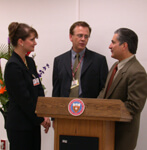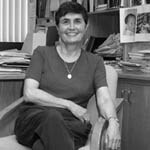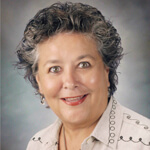San Antonio (Aug. 10, 2004) – Researchers at The University of Texas Health Science Center at San Antonio have identified two proteins that, when measured in tumors post-operatively, appear to represent a stronger marker for prostate cancer progression than the multiple risk factors used to predict death from coronary heart disease.
In a study of prostate tumors from 53 patients, the protein pAkt was found to be elevated in most tumors of men whose scores on the prostate-specific antigen (PSA) test remained elevated after surgery. An elevated PSA reading after prostate removal indicates the presence of residual cancer cells and poor clinical outcome. A second protein, pERK, also was found to be predictive, in tandem with elevated pAkt.
“If this finding is confirmed and expanded, we could give prostate cancer patients and their physicians a definitive test to potentially spare many men from having to undergo major, costly surgery,” said lead author Jeffrey I. Kreisberg, Ph.D., professor of surgery at the Health Science Center. “The possibility, still years away, is that a test for pAkt and pERK levels could be done at the time prostate cancer is diagnosed to indicate whether surgery is necessary.”
The research is featured in the Aug. 1 issue of Cancer Research.
According to the latest national statistics, 230,000 men will be diagnosed with prostate cancer this year and the disease will kill approximately 30,000. Currently, it is estimated that four times as many men are treated for prostate cancer than will actually die from the disease.
Dr. Kreisberg is a member of the San Antonio Cancer Institute (SACI), a National Cancer Institute (NCI)-designated cancer center. The SACI, a partnership of The University of Texas Health Science Center at San Antonio and the Cancer Therapy and Research Center, is one of two such centers in the state of Texas with the expressed purposes of promoting cancer-related research and fostering the application of the results of that research in the community. Dr. Kreisberg is a member of the SACI geriatric oncology research program.




